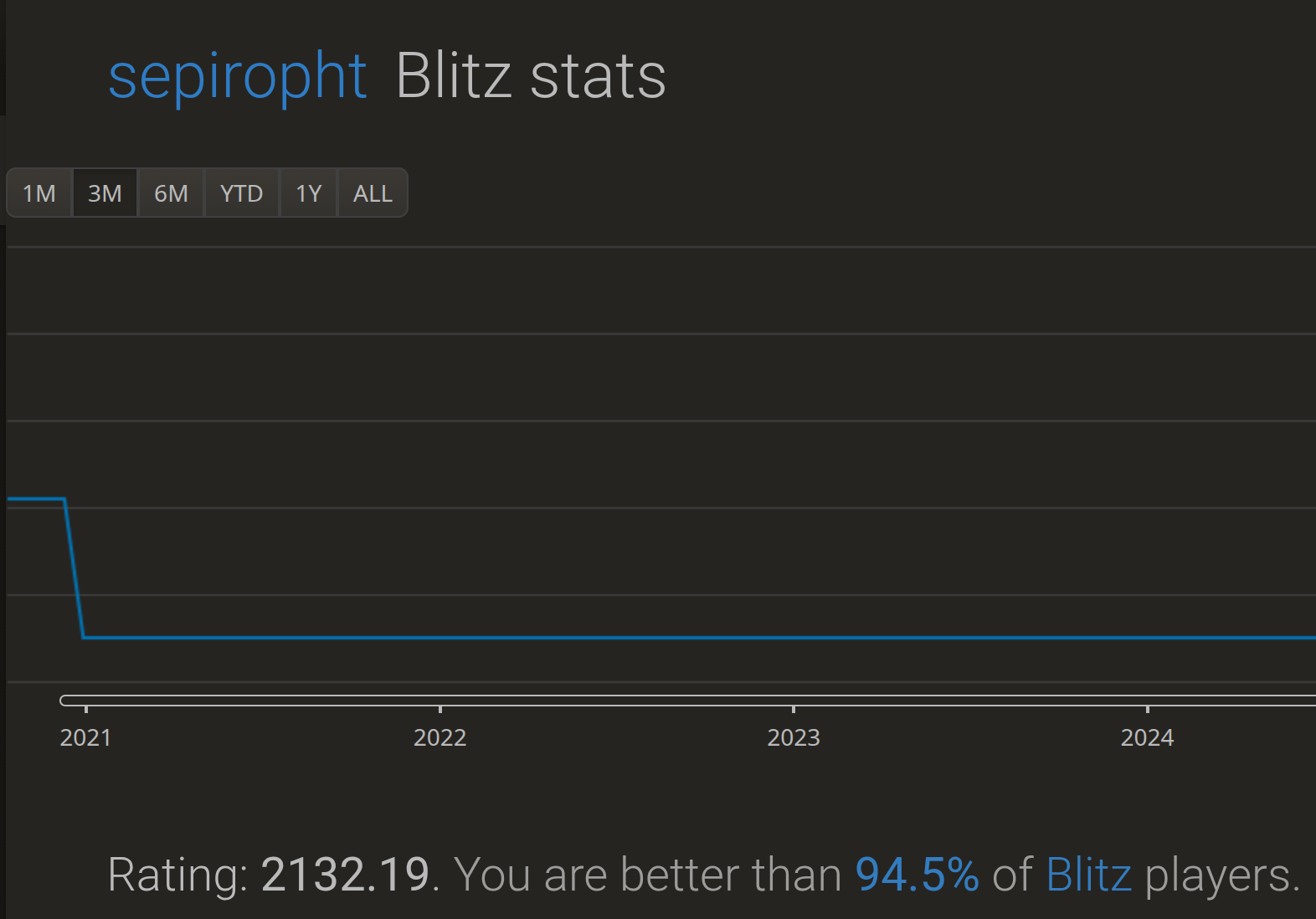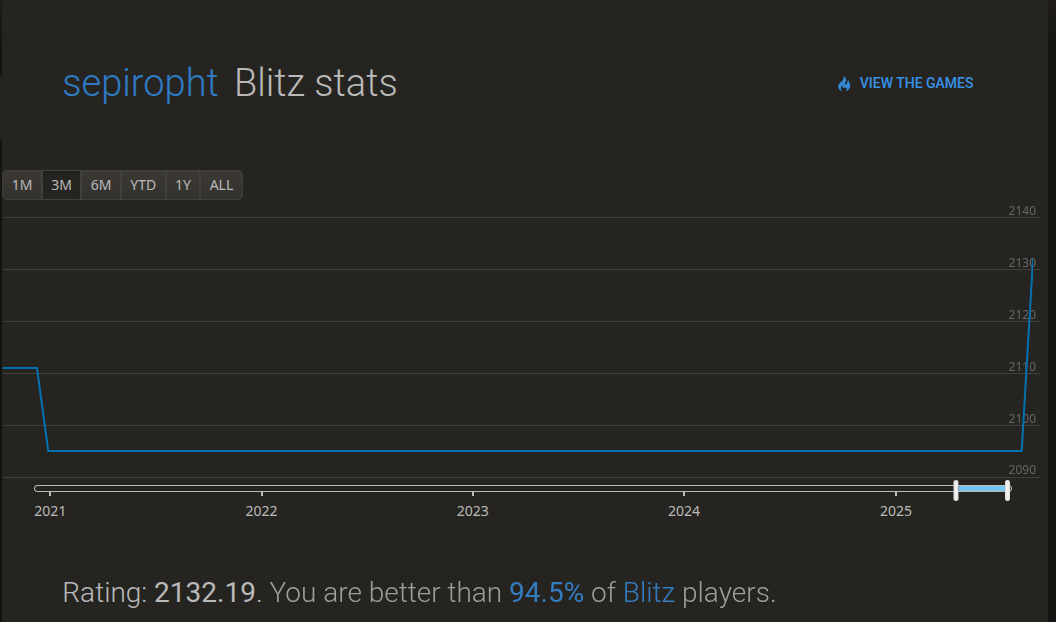
Knowing when to trade pieces is the key to victory.
"Should I trade my bishop for his knight?", "Is sacrificing my rook for his pawn a good idea?". These are questions that all chess players, especially beginners, constantly ask themselves. The answer lies in understanding the value of chess pieces.
This simple and practical guide will teach you not only the basic value of each piece but also the more subtle concept of relative value, which will help you make better decisions and win more games.
What will you learn in this guide?
- The classic point system for evaluating pieces.
- The concept of relative value: why a bishop can be worth more than a rook in certain positions.
- Concrete examples of favorable and unfavorable exchanges.
- Practical advice on when and what to trade.
The Point System: The Basis of Piece Value
For beginners, the easiest way to evaluate pieces is to use a point system. It's an excellent foundation to start with.
- The Pawn: 1 point
- The Knight: 3 points
- The Bishop: 3 points
- The Rook: 5 points
- The Queen: 9 points
- The King: Priceless (if you lose it, the game is over!)

This system gives you a general idea of the strength of each piece. For example, trading a knight (3 points) for a rook (5 points) is generally a good trade for you. This is called winning the exchange.
Coach's tip: Memorize this point system. It is your first tool for quickly evaluating a trade.
Beyond Points: Relative Value
While the point system is useful, it doesn't tell the whole story. The true strength of a piece depends on the position on the board. This is called relative value.
Knight vs. Bishop (3 points vs. 3 points)
Although they have the same basic value, their strengths differ:
- Bishops are stronger in open positions (with few pawns in the center) because they can control long diagonals.
- Knights are stronger in closed positions (with many blocked pawns) because they can jump over other pieces.
Example: If your opponent has a bishop that is blocked by their own pawns, your active knight is worth much more than their "big pawn".
Rook vs. Minor Piece (5 points vs. 3 points)
In general, a rook is stronger than a bishop or a knight. But what about trading your rook for a bishop and a pawn?
- Rook (5 points) vs. Bishop (3 points) + Pawn (1 point) = 5 vs. 4. The trade seems good for you.
- But if that pawn is a passed pawn (a pawn that can no longer be stopped by opposing pawns) and is about to become a queen, then sacrificing the rook can be an excellent decision!
Coach's tip: Don't be a slave to the points. Always look at the position. Ask yourself: "What are the most active pieces?", "Are there any immediate threats?".
When should you trade pieces?
Here are some guiding principles to help you decide:
- Trade if you have a material advantage. If you have more pieces than your opponent, trading pieces simplifies the position and makes your advantage easier to convert into a win.
- Trade to relieve a defensive position. If you are under a strong attack, trading your opponent's most threatening piece can calm the game and give you time to reorganize.
- Don't trade if you are behind in development. If your pieces are still on their starting squares and your opponent's are active, avoid trades. Opening lines would only help your opponent.
- Trade an inactive piece for an active piece. If you have a blocked bishop and your opponent has a knight that is causing havoc, offer the trade!
Conclusion: Think in terms of activity, not just points
Understanding the value of pieces is a fundamental skill in chess. Start by memorizing the point system, but quickly learn to think in terms of relative value and piece activity.
Next time you consider a trade, don't just count the points. Analyze the position and ask yourself: "Who benefits from this exchange?". By doing so, you will make more informed decisions, avoid traps, and get closer to victory.